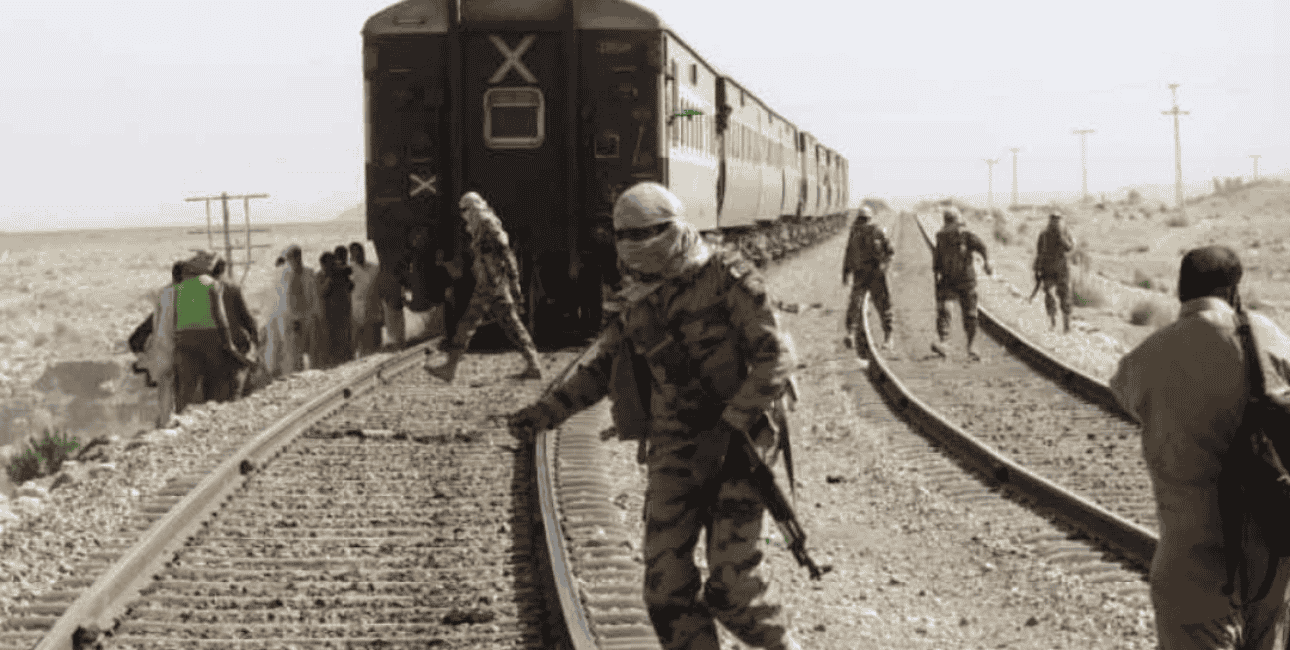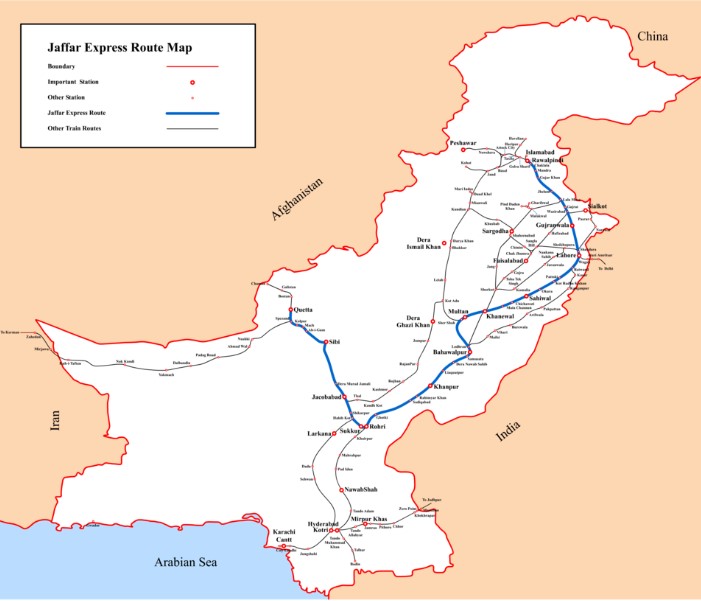When insurgents battle mighty states, certain places often become symbols of ‘contested sovereignty’. Unable to contest the writ of the state everywhere, insurgent groups seek certain places/buildings that carry enormous symbolic significance and repeatedly attack them to drive home the point that they can challenge the state’s sovereignty.
These places stop being just buildings or squares—they become shorthand for the entire conflict. Controlling, destroying, or even temporarily seizing them carries enormous propaganda value, which is why insurgents keep coming back to them despite the cost.
Often, the places have little strategic value; their significance lies in their status as symbols of ‘contested sovereignty’ between the state and insurgent groups. The struggle for control over them becomes a microcosm for the broader conflict over the entire territory.
The Lal Chowk in Indian Srinagar was one such example of ‘contested sovereignty’ for over two decades. Between 1990 and 2014, terrorists repeatedly attacked the square, often engaging in pitched gunbattles with security forces.
Indian politicians organized marches to Lal Chowk, often at significant personal risks, to unfurl the Indian tricolour there.
Interestingly, it was one such march to Lal Chowk in 1992 that propelled Narendra Modi, a regional leader at the time, into the national imagination.

Similarly, between 2003 and 2011, the Green Zone in Baghdad, the seat of the US-backed Iraqi government, became one such symbol. The Presidential Palace in Saigon (now Ho Chi Minh City) was the site of repeated attacks by North Vietnamese Communist forces during the Vietnam War.
Protesters repeatedly occupied the Maidan Square in Kyiv before the 2004 ‘Orange Revolution’.
There are many such examples. However, first, in Pakistan, a mobile ‘passenger train’ has become a symbol of ‘contested sovereignty’ between the Pakistan Army and Baloch insurgent groups.
The Jaffar Express, a train connecting Balochistan’s capital, Quetta, with Peshawar through the Bolan Pass, has been repeatedly attacked over the last year, suspended numerous times due to threats, and, on November 25, was attacked once again.
Jaffar Express Attacked Again
The Peshawar-bound Jaffar Express once again came under an armed attack in the Bolan Pass area of Kachhi district, marking the sixth such incident on the Quetta-Sibi section in the past six weeks, Dawn reported.
Railway officials said the Jaffar Express departed Quetta for its destination, Peshawar, on schedule, and after crossing Mach station, when it reached near Aab-i-Gum, armed men opened fire on the train from the nearby mountains.

Security personnel, including Railways Police travelling on the train, immediately retaliated and returned fire. However, after a brief exchange, the assailants escaped from the area.
Railway officials said all bogies of the Jaffar Express remained safe in the armed attack. “No casualty was reported in the shooting, and all passengers travelling on the train remained safe,” a senior railway official said.
This is the latest attack on the Jaffar Express.
Last month, a bomb blast on the railway track of the Jaffer Express derailed four bogies and injured seven people.
The Baloch rebel group, Baloch Republican Guards (BRG), claimed responsibility for the attack, claiming it was targeted because personnel of the Pakistani Army were travelling in the train.
“The train was attacked at a time when personnel of the occupying Pakistani army were travelling on board. As a result of the explosion, several soldiers were killed and injured, and six coaches of the train derailed,” the BRG said in a statement.
Jaffar Express train attacked near Sultankot, close to the Sindh-Balochistan border, after a planted explosive device detonated on the tracks.
Multiple coaches of the train, en route to Quetta, were derailed following the blast.
Reports from initial rescue operations confirm… pic.twitter.com/qoFftoFCnR
— Vani Mehrotra (@vani_mehrotra) October 7, 2025
The same train also escaped another blast in Balochistan’s Nasirabad district on November 16, citing police and railway officials, Dawn reported.
The passenger train was suspended for four days (November 9-13) after Pakistani security officials warned of credible threats to the safety and security of passengers travelling on the train.
In September, a blast on the track in Balochistan’s Mastung area damaged one coach and derailed six others, injuring 12 passengers.
On August 10, four people were wounded after an improvised explosive device caused six coaches of the same train to derail in Mastung. On August 4, the pilot engine sent for clearance came under gunfire near Kolpur, an attack later claimed by BLA.
Earlier in March, the banned Balochistan Liberation Army (BLA) hijacked the Jaffar Express with over 400 passengers on board, triggering a two-day standoff with security forces in a mountainous area that claimed 26 lives. Security forces later rescued around 354 passengers, while 33 insurgents were killed.

However, BLA claimed that more than 50 Pakistani security officials were killed in the operation.
In July, three coaches of the Jaffar Express train derailed following an explosion in Sindh. In a similar attack in June, a bomb explosion in Sindh’s Jacobabad district derailed four coaches of the Jaffar Express, though no casualties were reported.
In November last year, BLA targeted the Quetta railway station in Balochistan. As many as 32 people died, and over 70 were injured when a powerful blast ripped through the crowded railway station. The explosion had targeted over 100 security force personnel who were waiting to board the Jaffar Express train to Pakistan’s garrison city, Rawalpindi.

The train has been attacked more than a dozen times in the last year, earning it the nickname of a “death trap,” or even the world’s ‘most dangerous train’.
Why Jaffar Express Is So Vulnerable To Attacks
Jaffar Express connects Pakistan’s remote Balochistan region to other parts of the country – Sindh, Punjab, and Khyber Pakhtunkhwa.
The train runs for over 1,000 miles between Quetta and Peshawar in Pakistan’s northwest.

The train offers the cheapest way to travel through the remote, mountainous regions of Baluchistan.
The train passes through some of the most remote regions of Baluchistan, such as the Bolan Pass, crossing rugged mountains and valleys.
These remote passes and mountains provide insurgents with excellent places to hide and mount attacks.
After the March hijacking, Pakistan has increased the number of armed guards on the train; however, the remoteness and vast expanse of the area make it practically impossible to provide security along the entire route.
Furthermore, security personnel from the Pakistani forces – mostly from Punjab and Khyber Pakhtunkhwa province – often use the train to commute. This is why it is a high-value target for the BLA and the Tehreek-e-Taliban Pakistan (TTP).
For Baloch insurgents, the Jaffar Express symbolises the state’s presence and reach in the region. Consequently, by repeatedly targeting the train, the insurgents question Pakistan’s reach, command, and sovereignty in the area.
- Sumit Ahlawat has over a decade of experience in news media. He has worked with Press Trust of India, Times Now, Zee News, Economic Times, and Microsoft News. He holds a Master’s Degree in International Media and Modern History from The University of Sheffield, UK.
- He can be reached at ahlawat.sumit85 (at) gmail.com




